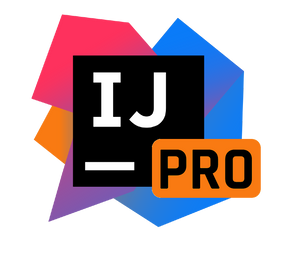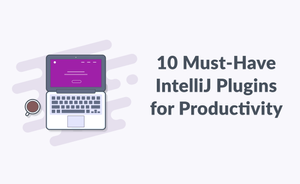JetBrains and Visual Studio
At least 50% off from FlexSub
Subscribe Now
An Integrated Development Environment (IDE) is software that combines the fundamental tools required for software testing and development.
A developer would have to select and manage all of these tools separately if not for the IDE, but the IDE brings all of these tools together as a single framework or service. Needless to say, an IDE makes a web developer's work more precise and faster.
This guide will introduce you to the top ten IDE web development options, all of which offer feature-rich support for multiple code languages.
But first, let's go over the common question "What is an IDE?" and how to choose the best IDE for your specific needs.
Let's get started.
What is an IDE?
An Integrated Development Environment (IDE) is a software that you can load onto your computer. They’re designed to streamline the web development process as mentioned earlier.
An IDE includes these main features:
- Text editor – An IDE is a text editor that includes several other specific features.
- Compiler or Interpreter – An integrated program that translates your code into a computer-readable language. This lets your code run, referred to as having your script executed. An interpreter is a program that’s included. Its purpose is to execute code without it needing to be compiled first.
- Build or Make Integration – These are included ways to automate necessary processes.
- Debugger – An included program that tests your code for errors so you can resolve them.
- Syntax Highlighter – Parts of your code are displayed in colors that correspond with different elements such as properties, tags, attributes, and all the rest. This helps make your code visually easier to scan and see where you made small errors such as forgetting to close a tag.
- Graphical User Interface (GUI) – This is a screen that’s human-readable and that’s straightforward to navigate as well as accomplish tasks. It can include buttons, a menu, and other similar elements instead of just text and the option to enter a text command.
- Other possible features – Many IDEs develop and include new features that other IDEs may not offer.
How to Find the Right IDE for You
When deciding on an IDE to use, it is critical to first determine what you require from it. This is due to the fact that the features available vary from one IDE to the next.
That also means that your prefered IDE may differ from those of your colleagues, so choose the one that works best for you at the end of the day.
Features You May Need in Your Pick for Best IDE
Here’s a short list of the possible features you may need outside of the typical components of an IDE as listed earlier:
- Programming language support – The IDE you choose should support the code languages you need for your projects.
- Customizable text editors – Some IDEs offer the ability to edit the GUI.
- Unit testing – This is the option of being able to add mock objects to sections of your code so it can be tested straight away without having to complete that section first.
- Source code library – Some IDEs have resources that include scripts and source code you can use.
- Error diagnostics and reports – If you need errors to be detected and listed for you, then this is a feature to consider in your pick for best IDE web development projects need.
- Code completion – Many IDEs can intelligently finish your code for you. For example, an IDE can detect when you’re ready to close a tag and will close it for you to save you time.
- Integrations and plugins – with GitHub and Apache’s Subversion
- Code search – You can search through your code quickly for whatever element you want.
- Hierarchy diagrams – Your files can be set up and displayed in a hierarchy for larger projects containing many files and scripts that all work together in a specific way. Displaying a hierarchy diagram can help you see the order in which files are executed as well as which files and scripts are related to each other.
- Model-driven development (MDD) – This is a process where a developer creates a model of what they want to code, then the IDE helps you code it. After that, the IDE automates debugging and testing to some degree so it’s easier for you to do some more debugging and testing on your own.
Be sure to make note of what features you need when you check out the best IDE for web development below.
The 10 Best IDE for Web Development
This list focuses on the most popular, powerful, feature-rich, and as a result, the best IDE options.
1. Visual Studio
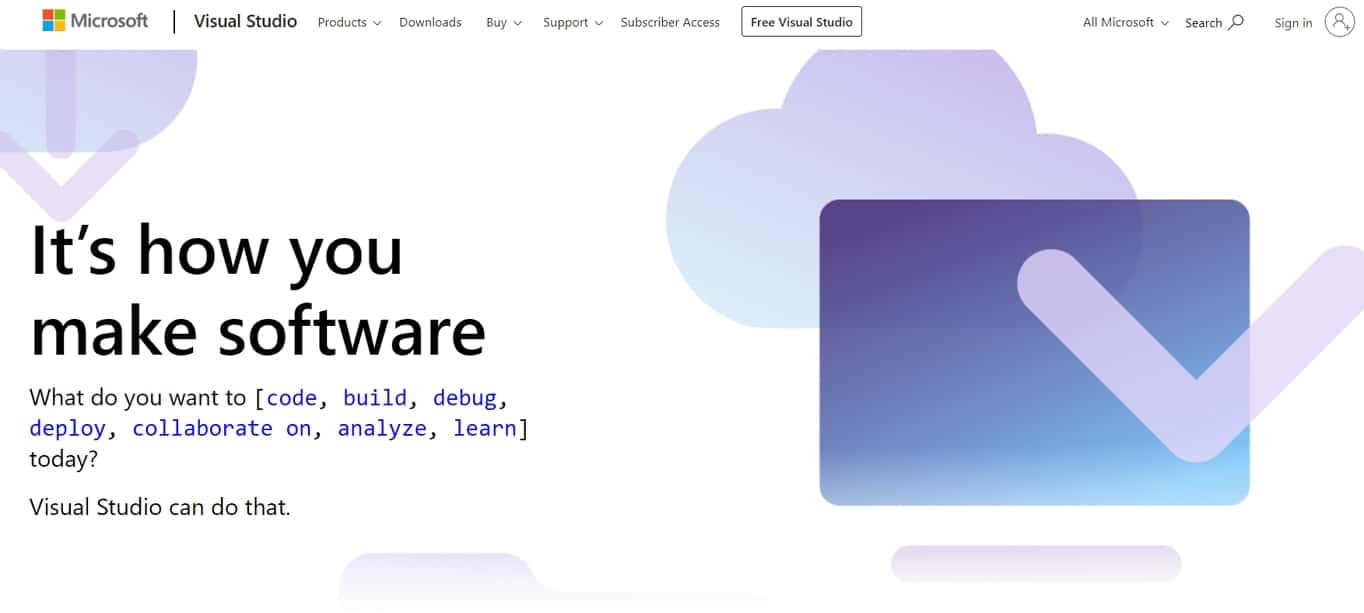
The Visual Studio IDE is one of the most widely used and best IDEs for web development. It employs AI to learn from your edits as you code in order to complete your sentences – er, lines of code.
Furthermore, while editing and debugging, you can collaborate with your team in real time. Servers, terminals, and comments can also be shared.
Visual Studio supports web, mobile, app, and game development, as well as ASP.NET, Python, Node.js, C++, Unity, and Azure.
You can also create cloud-based development environments and do a lot more while being available for Windows, Mac, Android, iOS, web, and the cloud.
2. IntelliJ IDEA
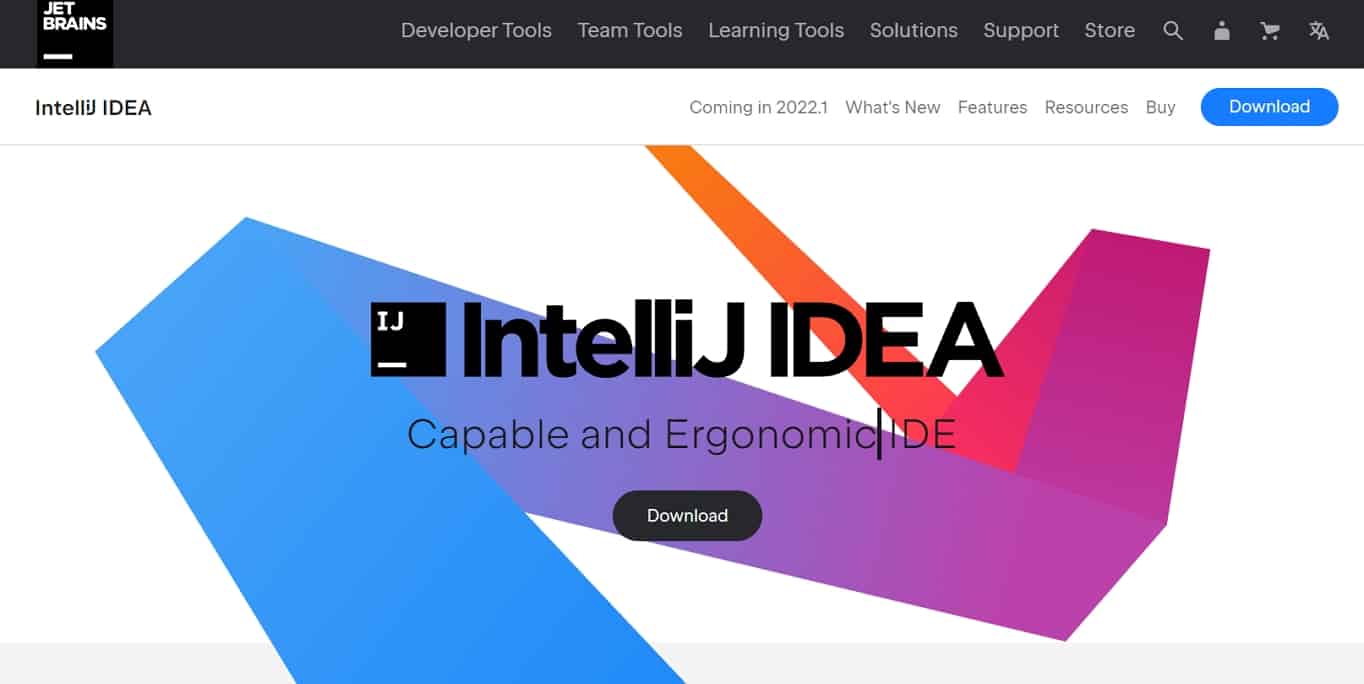
IntelliJ IDEA is without a doubt one of the best Java IDEs. It focuses on features that will help you be as productive as possible while not clogging up the user interface.
It indexes your code to provide relevant suggestions and to complete it for you. IntelliJ IDEA also automates a number of tasks that would otherwise be tedious.
It's all that and a bag of chips, er, computer chips because it has an incredible out-of-the-box experience and isn't just for Java.
While it is primarily for it, it is also useful for SQL, JPQL, HTML, JavaScript, and other languages, such as when you inject a language into a string literal. You continue to receive all of the benefits of this IDE.
3. Aptana Studio 3
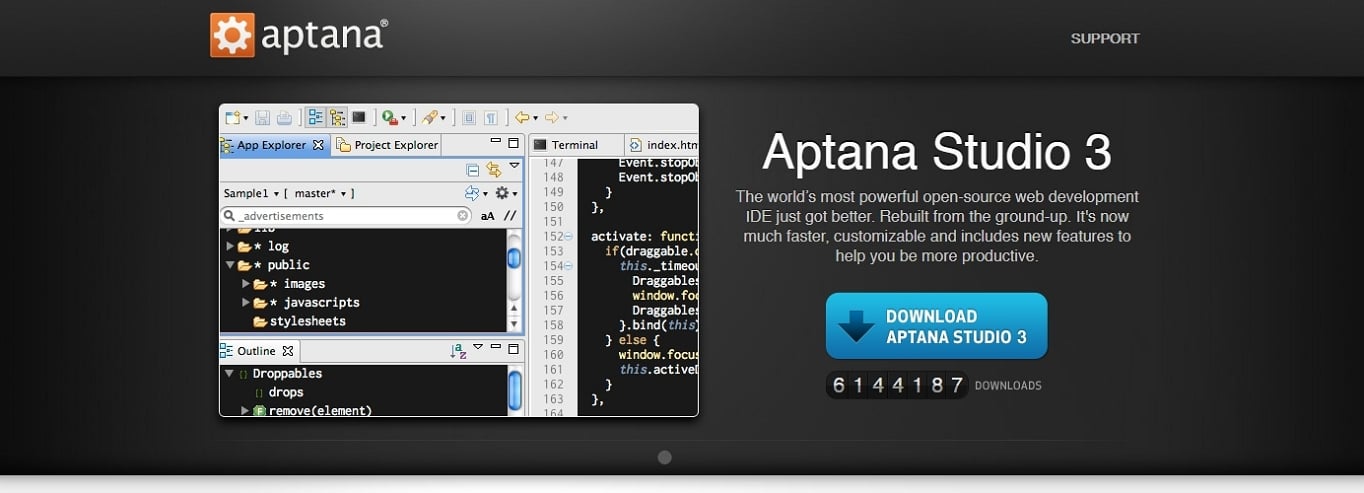
Aptana Studio 3 is an excellent IDE for web development that is also open source.
The GUI can be customised, and it includes a built-in terminal, Git integration, a debugger, and a deployment wizard. HTML, CSS, and JavaScript autocomplete are also supported.
4. PyCharm
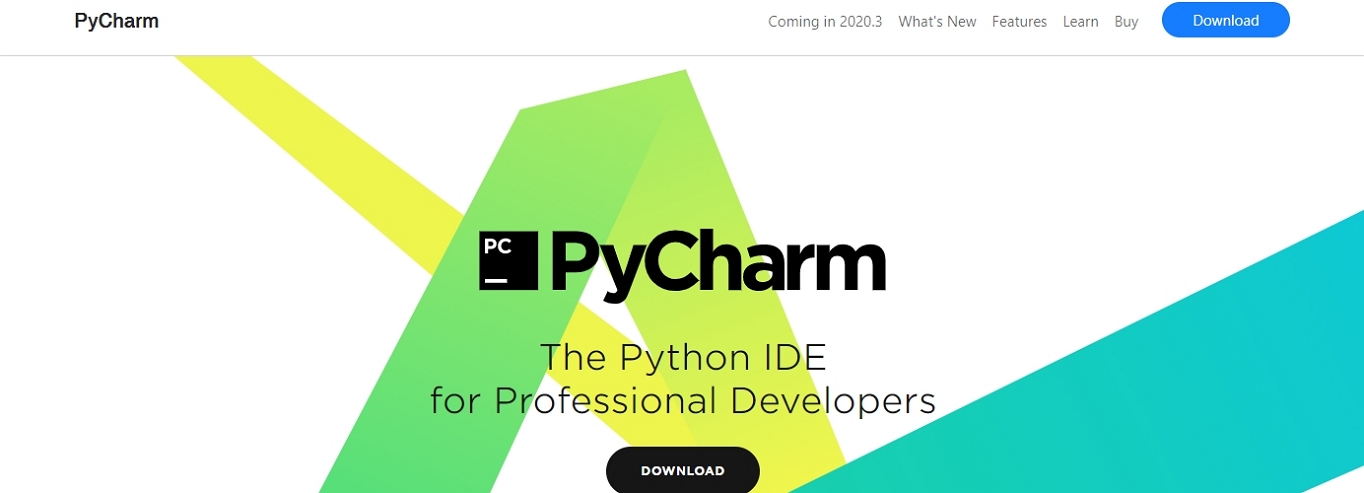
PyCharm is primarily a Python IDE, but the premium version also supports other web development languages.
It also has autocomplete and checks for errors as you code. It has a clean, minimal interface for uncluttered development and checks the quality of your code to ensure it's up to par.
5. PhpStorm
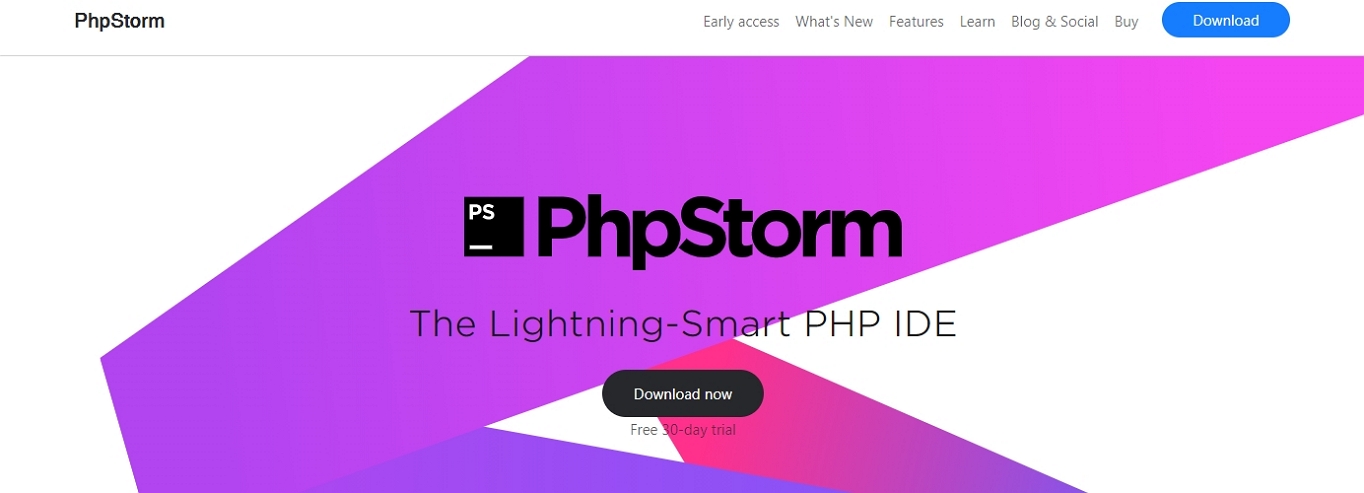
Another option to consider for one of the best web development IDEs is PhpStorm. It is primarily focused on PHP, but front-end languages such as HTML 5, CSS, Sass, Less, JavaScript, and others are also fully supported.
It also includes support for popular website creation software such as WordPress, Drupal, Joomla!, Laravek, and others.
It's simple to use, with code autocomplete, debugging and testing tools, and quick (and safe) refactoring.
6. WebStorm
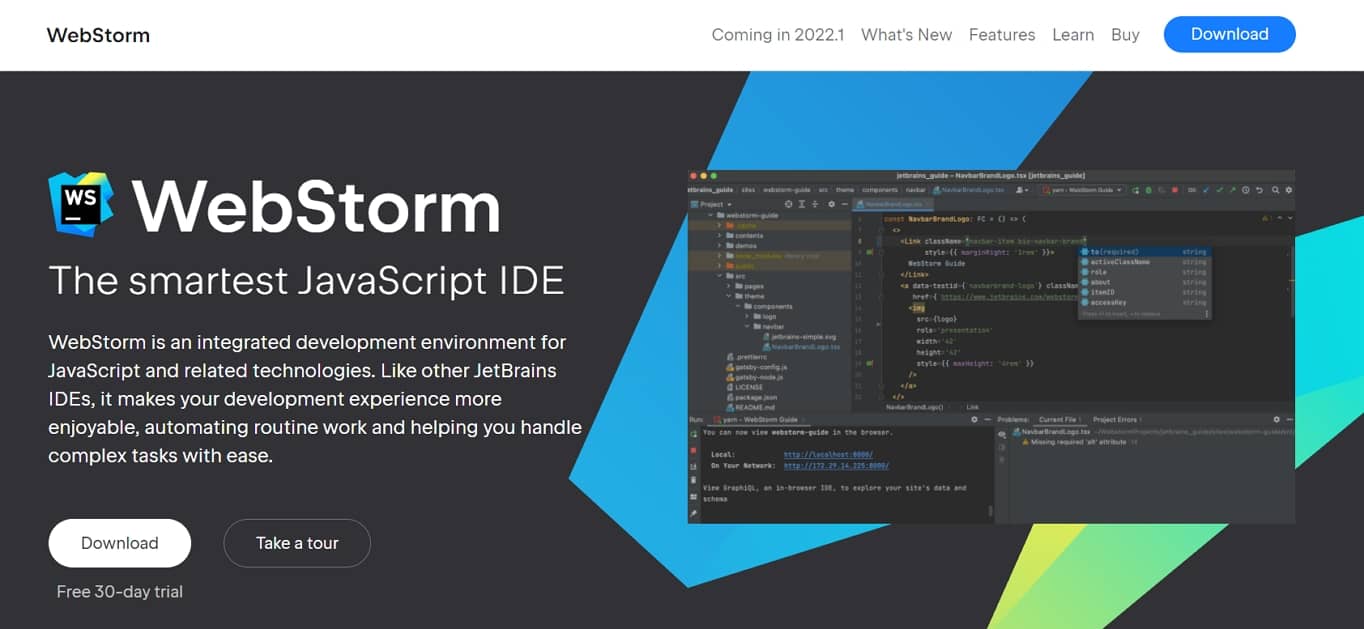
WebStorm is one of the best IDEs for web development because it is great for JavaScript. It has a debugger, unit testing, and many integrations, including Git, GitHub, Mercurial, and others, in addition to code autocompletion and live error detection.
It boots up quickly and can automate many time-consuming tasks for increased productivity.
7. NetBeans
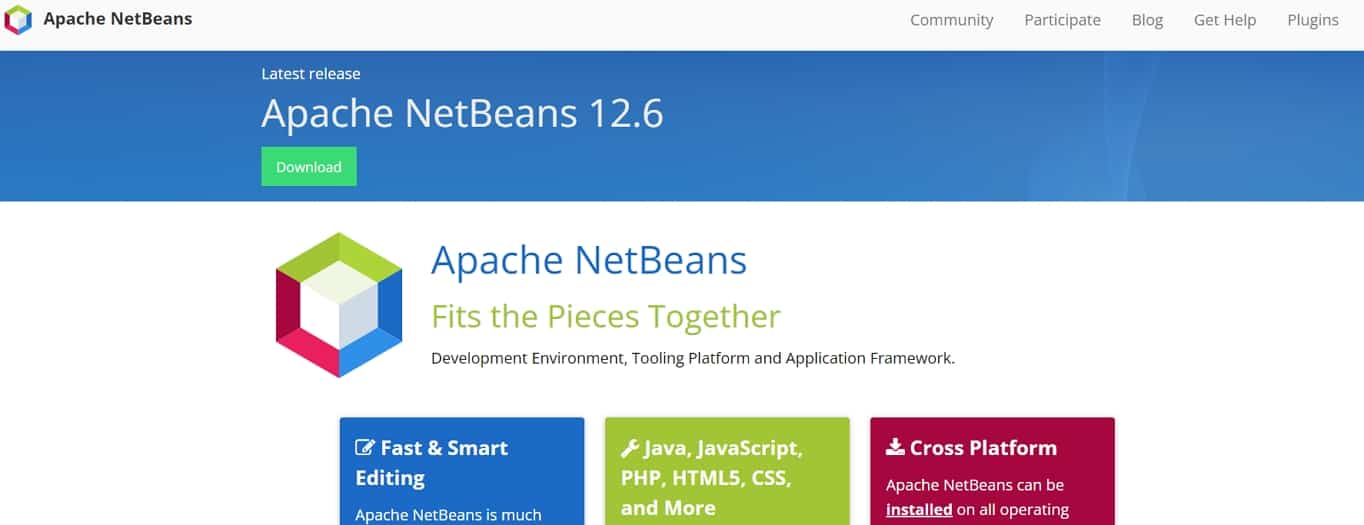
NetBeans must be included in any list of the best IDEs for web development. It's one of the most popular choices for the best IDE because it's a no-nonsense software for Java, JavaScript, PHP, HTML 5, CSS, and other programming languages.
It also aids in the creation of bug-free websites by highlighting code not only syntactically but also semantically. It also has a plethora of powerful refactoring tools and is open source.
8. Eclipse

This article would also be incomplete if Eclipse was not mentioned. It's primarily an open-source and community-driven IDE for Javascript, but it also includes HTML and CSS tools.
Google, Netflix, Facebook, GE, and Walmart are among those who have contributed. As a result, you can be confident that you're getting one of the best IDEs for web development.
9. RubyMine
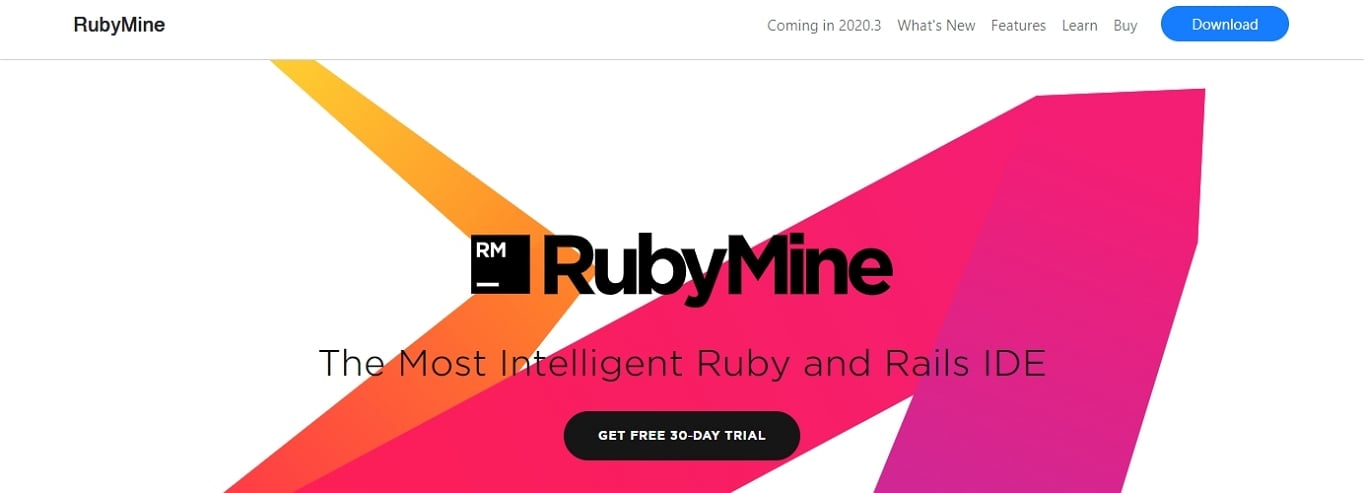
RubyMine is primarily focused on Ruby and Ruby on Rails, but it is also designed for JavaScript, CSS, Sass, Less, and other languages. To name a few of the features, it has syntax and error highlighting, code completion, an advanced search for any class, file, or symbol, and fast navigation.
10. Komodo IDE
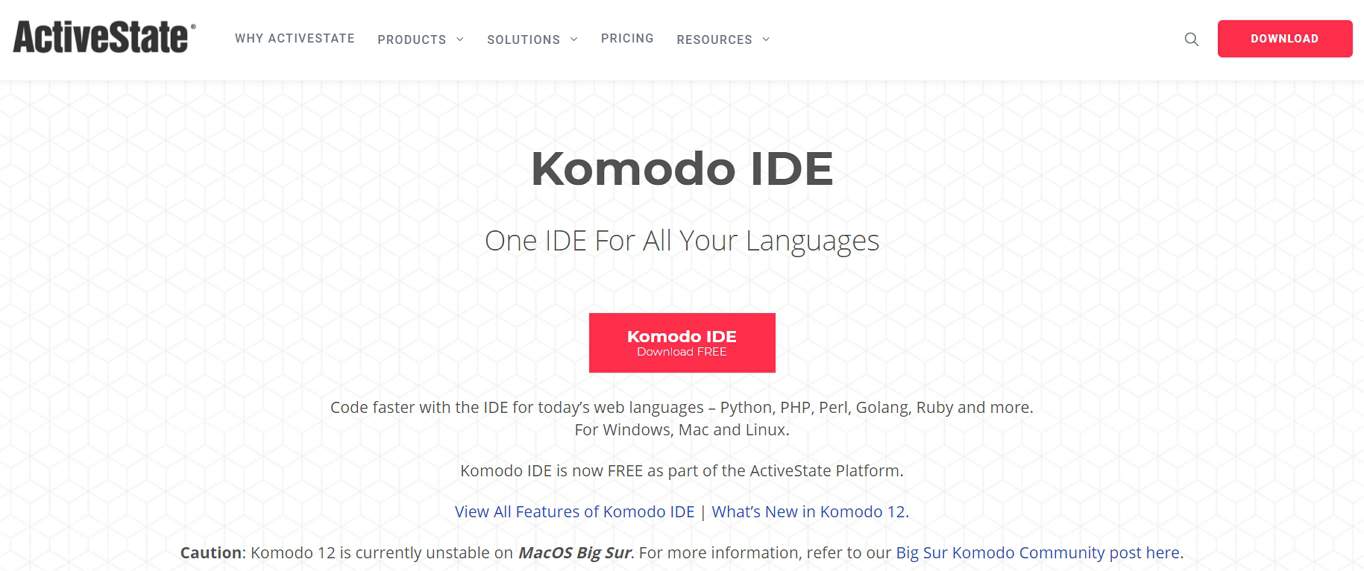
Komodo IDE is one of the best web development IDEs, but it is a paid option. It includes many features such as autocomplete, a visual debugger, unit testing, add-ons, team collaboration, project management tools, and more.
It supports all programming languages as well as Git, Mercurial, Subversion, CVS, Perforce, and Bazaar.
Which is the Best IDE for Web Development?
As previously stated, determining which is the best IDE for web development is entirely dependent on your specific requirements. Everyone's project requirements are unique. Your choice for the best IDE may differ from that of a colleague.
That's fine. Sometimes the smallest detail makes all the difference.
Best IDE Alternatives
If you’re looking at the list of features IDEs typically have and you’re thinking, “That’s just too much for me,” there are other options available.
Not only are there other IDEs out there, but there are also text and HTML editors that have some features in common with IDEs that are popular, quite powerful, and that you may find sufficient for your needs.
Here’s a short-list of the best IDE alternatives to check out:
JetBrains and Visual Studio
At least 50% off from FlexSub
Better, flexible and cheaper subscriptions for a wide range of services in just a click of a button.
Get started now

